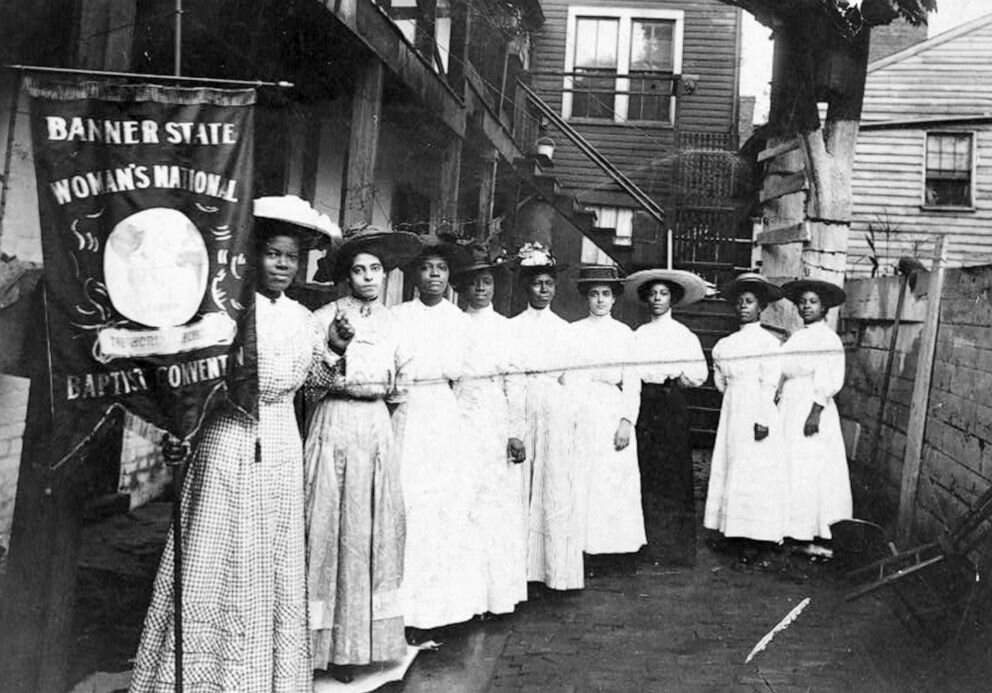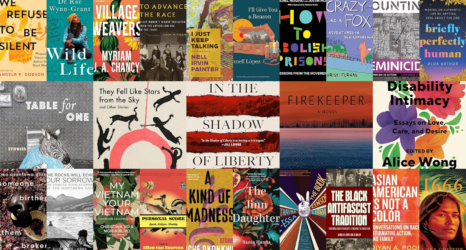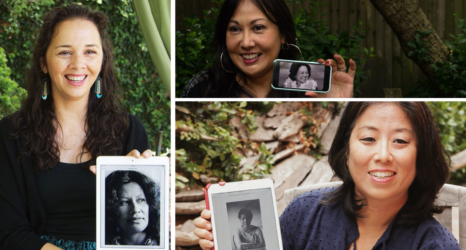
For those who care about justice, the story of women’s suffrage is chock full of lessons: how to describe it, who made it possible, where and why it fell short, why most of us grew up not knowing any of this, and what it means for the social change work we do today.
Let’s start with how to describe it. A hundred years ago, Congress finally—after decades of struggle by tens of thousands of people—ratified the 19th Amendment to the U.S. Constitution. The language of the amendment is simple:
“The right of citizens of the United States to vote shall not be denied or abridged by the United States or by any State on account of sex.”
Take a moment to savor that. Women, in fact, did not “win the right” to vote. This correction to our nation’s founding document ended the DENIAL of that right—a basic human right. It represented one of the many ways in which the union needed to be made “more perfect.”
The movement that organized, picketed, fasted, spoke out and endured arrests, beatings, force feedings and other forms of torment, would not have succeeded without the leadership and engagement of many women of color.
Yet many of those who wrote the history of this movement for decades erased the role of Black and Indigenous women and other women of color. Typically students associate suffrage with white women like Susan B. Anthony and Elizabeth Cady Stanton, never knowing the role they played in enforcing segregation within the movement and perpetuating racist stereotypes against Black men.
Few students until recently knew names like Mary Church Terrell, Frances Ellen Harper Watkins, Ida B. Wells, Zitkala-Sa or Mabel Ping-Hua Lee.

Until recently, the history of women’s suffrage also erased a key fact: Most women of color were still denied the right to vote for decades after passage of the 19th Amendment, thanks to Jim Crow, laws like the Chinese Exclusion Act and other anti-immigrant measures, betrayal of treaties with Indigenous tribes, and more.
Black and other women of color were erased because many white women suffrage leaders believed they would lose if they included the voices of those women. They chose race over sex—always a losing recipe for true liberation. We must be wholly inclusive of race, sex and class if we want to ever truly be free and equal.
We don’t always win everything we fight for. But we’ll never get close if we don’t name what we need and keep on organizing until everybody benefits.
In truth, how we organize always matters. We need to identify the scope of the problem, spotlight the leadership of those most affected, and make sure the policy we fight for is effective and reaches everyone. In the process, we need to create a movement that outlasts any particular piece of reform and keeps building power for the systemic change we need.
Fortunately, the powerful Black Lives Matter movement has helped transform our nation’s commemoration of this centennial of women’s suffrage. Scholars like Roslyn Terborg-Penn, whose work about Black women suffrage leaders goes back more than 40 years, are finally getting a hearing.
That’s the good news. However, we’re also seeing increasing attacks on the right to vote, particularly in communities of color. Voter suppression is a powerful reminder that racial injustice causes harm for all of us and poses a real danger to our democracy.
As leaders in the fight for gender and racial justice, we honor that powerful, and diverse, movement for women’s suffrage by calling on all of us to make the right to vote easy, safe and meaningful.
You may also like:





